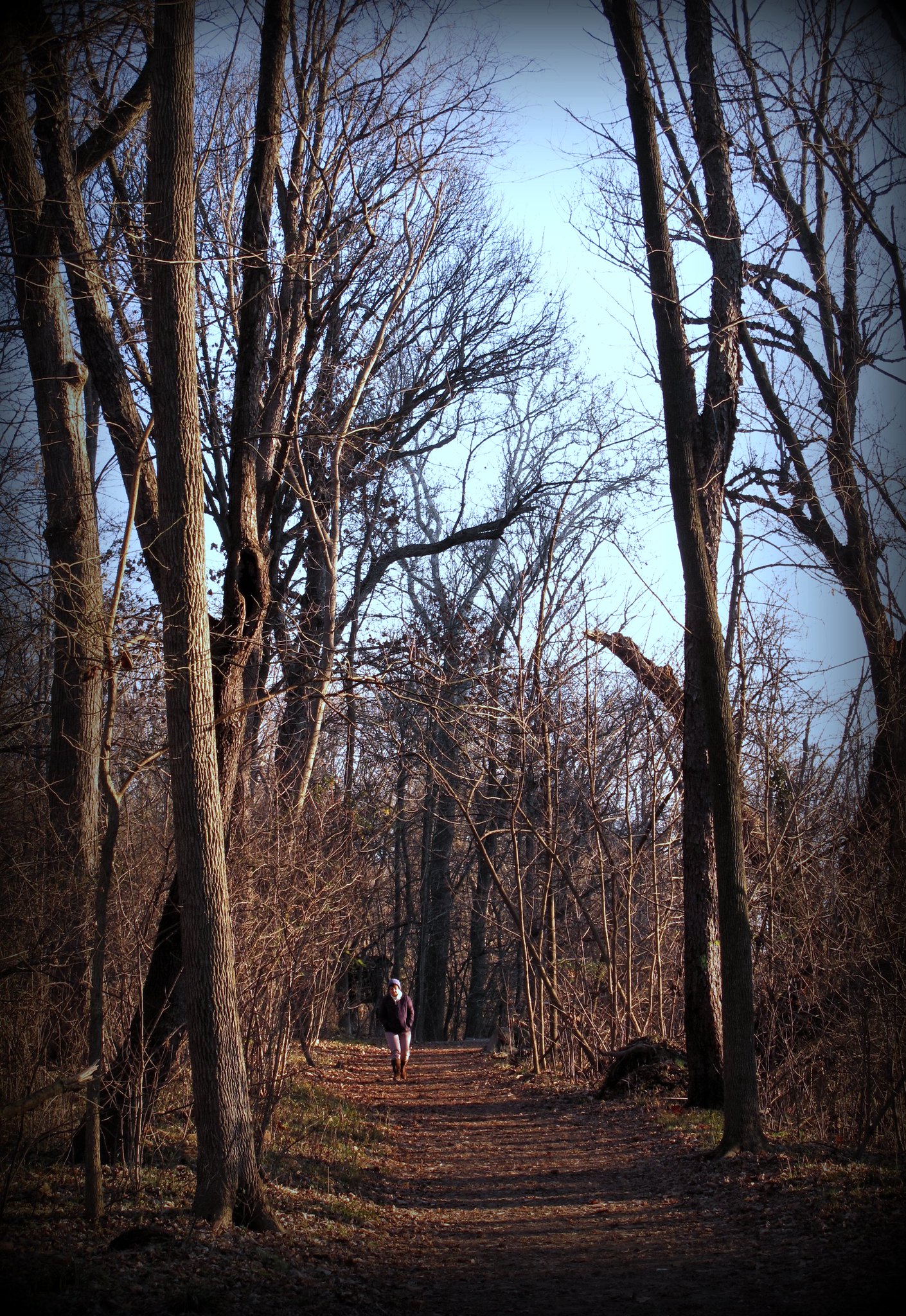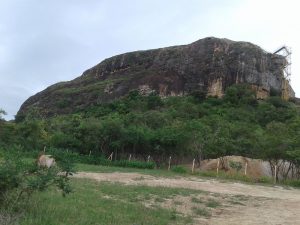Exploring Nature Walks and Hiking in Uganda
Overview
Exploring Nature Walks and Hiking in Uganda. Uganda, often referred to as the “Pearl of Africa,” boasts some of the most breathtaking landscapes and diverse ecosystems on the continent. From lush rainforests to rolling hills and stunning lakes, the country offers an array of opportunities for nature walks and hiking. Whether you’re a seasoned hiker or a casual walker, Uganda’s natural beauty invites you to explore its trails and immerse yourself in its rich wildlife and culture.
1. Why Choose Nature Walks and Hiking in Uganda?
Nature walks and hiking in Uganda provide an excellent way to connect with the environment, observe wildlife, and appreciate the country’s stunning landscapes. Here are several reasons why these activities should be on your travel itinerary:
a) Biodiversity
Uganda is home to a rich variety of flora and fauna. On your hikes, you may encounter unique species of birds, primates, and other wildlife. Notably, the country is known for its population of mountain gorillas, which can be seen during trekking experiences in Bwindi Impenetrable National Park and Mgahinga Gorilla National Park.
b) Stunning Landscapes
The scenic beauty of Uganda is unparalleled. Hiking trails wind through dense forests, up mountain ranges, along the shores of sparkling lakes, and across vast savannahs. Each step offers a new vista that captures the essence of this incredible country.
c) Cultural Encounters
Nature walks often lead you through local communities, allowing you to interact with the people, learn about their traditions, and experience their way of life. Engaging with local guides can enrich your understanding of the region’s culture and history.
2. Top Hiking and Nature Walks Destinations in Uganda
a) Bwindi Impenetrable National Park
Bwindi is famous for its gorilla trekking but also offers beautiful nature walks. The park features various trails that cater to different fitness levels. The Birding Trail and the Munyaga Waterfall Trail are popular among hikers looking to experience the park’s stunning biodiversity.
b) Rwenzori Mountains National Park
Known as the “Mountains of the Moon,” the Rwenzori range offers challenging hikes for experienced trekkers. The trails here lead to breathtaking views, glaciers, and unique flora, such as the giant lobelia. The Rwenzori trek typically takes several days, allowing hikers to fully immerse themselves in the landscape.
c) Lake Bunyonyi
Lake Bunyonyi, one of Africa’s deepest lakes, is surrounded by terraced hills and lush vegetation. The area offers serene nature walks and opportunities for canoeing. Hikers can explore the islands and enjoy the tranquility of this picturesque setting.
d) Kibale National Park
Kibale is renowned for its chimpanzee trekking, but it also features excellent walking trails. The park’s nature walks allow visitors to explore the lush rainforest, spot various primates, and discover an array of bird species. The Crater Lakes hike is a favorite for its stunning scenery and cultural insights.
3. Tips for Nature Walks and Hiking in Uganda
To ensure a safe and enjoyable hiking experience, consider the following tips:
a) Choose the Right Gear
Wear comfortable, moisture-wicking clothing and sturdy hiking boots. A good pair of trekking shoes can make a significant difference, especially on uneven or muddy terrain. Don’t forget essentials like a hat, sunglasses, and sunscreen to protect against the sun.
b) Stay Hydrated
Bring a refillable water bottle to stay hydrated during your hikes. It’s essential to drink water regularly, especially in the warmer months.
c) Respect the Environment
Follow Leave No Trace principles during your hikes. Stay on designated trails, avoid picking plants or disturbing wildlife, and properly dispose of any waste.
d) Be Mindful of Safety
Always hike with a guide, particularly in remote areas. Local guides are knowledgeable about the terrain, wildlife, and potential hazards, ensuring your safety while enhancing your experience.
e) Plan for Weather Changes
Uganda’s weather can be unpredictable, especially in mountainous regions. Be prepared for rain by bringing a lightweight rain jacket and extra layers to stay warm.
4. Wildlife Encounters on Nature Walks
One of the highlights of hiking in Uganda is the opportunity to encounter wildlife up close. Depending on the region, you might spot:
- Primates: Including chimpanzees, red-tailed monkeys, and various other species.
- Birds: Uganda is a birdwatcher’s paradise, home to over 1,000 bird species, including the rare shoebill stork and various endemics.
- Mammals: Various antelope species, elephants, and even big cats can sometimes be seen in the wild.
Conclusion
Nature walks and hiking in Uganda offer unforgettable experiences amidst some of Africa’s most stunning landscapes and rich biodiversity. Whether you’re trekking through the dense forests of Bwindi, climbing the challenging trails of the Rwenzoris, or enjoying the serene beauty of Lake Bunyonyi, each adventure promises to deepen your connection to nature and enrich your travel experience. With proper preparation and a spirit of adventure, your hiking journey in Uganda will create lasting memories of the “Pearl of Africa.”




